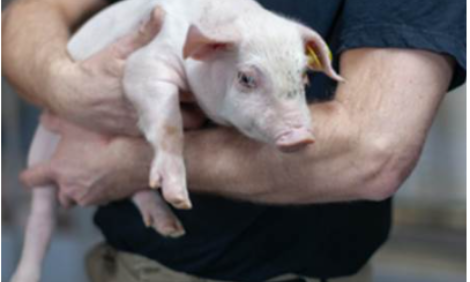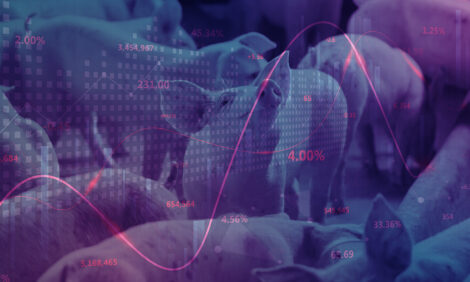



Reduction of Mortality and Antibiotic Use by Piglet Vaccination Against PCV2
PCV2 infections are widespread and therefore vaccination is regularly implemented to control infection. However, under field conditions, the infection status at the moment of vaccination may be variable and is generally unknown, write V. Gardeyn, K. Van Der Straeten, T. Meyns, H.Smits and S. van Poucke.The current report describes the effects of CIRCOVAC® vaccination during the nursery period in a farm where piglets were already exposed/infected at the moment of vaccination.
Materials and Methods
The farm consisted of a farrow-to-finishing farm sysytem with 450 Hypor sows kept in a four week batch system. Most of the pigs are transferred to external fattening farms after the nursery period (10 weeks of age).
The pigs of the current case report were transferred to a fattening farm with a history of severe respiratory problems.
In a group of 959 piglets, 480 were IM vaccinated (V) with 0.5ml of CIRCOVAC at the age of 7 weeks.
The remaining 479 piglets served as non-vaccinated (NV) control pigs. During the fattening period the two groups were housed in two different compartments.
Two oral fluid samples per vaccination group were collected at the age of 7, 10, 15 and 21 weeks for serological monitoring by an in-house ELISA (LABOCEA).
In addition, a PCR assay (CODA-CERVA) was used to evaluate for viral DNA detection.
Group treatments with antibiotics, mortality and weight at the beginning and the end of the fattening period of the two groups were recorded.
Results
The PCV2 PCR on the oral fluids, indicated that the pigs were in contact with the virus at vaccination. This was confirmed with high antibody titers in oral fluid samples of both V and NV animals from 10 weeks onwards.
By the end of the fattening period, the V group displayed a statistical tendancy to a reduced mortality (V: 0.62% vs NV: 2.3%, Fisher's exact test p=0.055).
Also a difference in treatment frequency between the two groups was observed: the NV pigs received three group treatments with doxycycline (during 5 days each due to respiratory problems), leading to a higher treatment cost of €340.2.
The ADWG was 671 g/day in NV group and 680 g/day in the V group.
Discussion
In this study, vaccination of piglets, despite the contact with PCV2 at the moment of vaccination, decreased finishing mortality rates and antibiotic use.
Taken in account the differences in antibiotic treatment and the improved production figures (ADWG), vaccination was economically justified. In this case with €1.15 per slaughterpig added value.
Presented at the 2015 European Symposium of Porcine Health Management
July 2015









